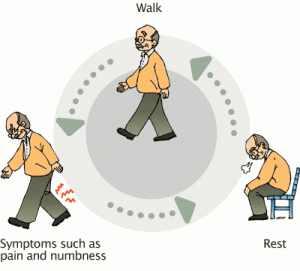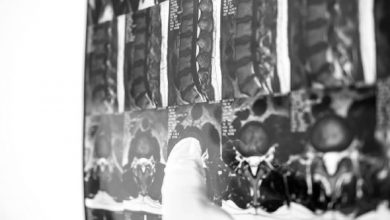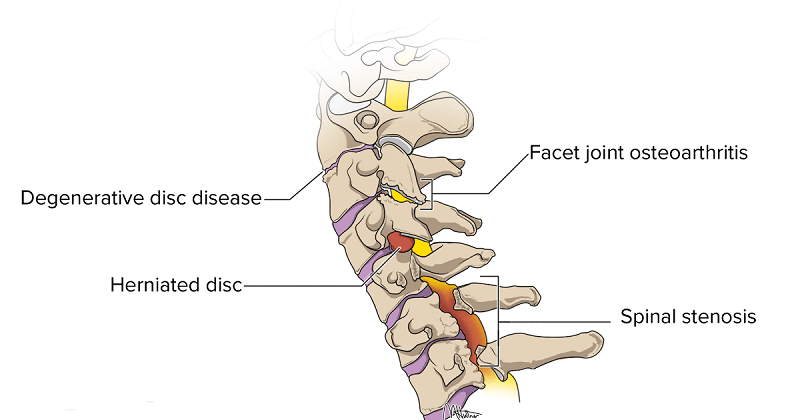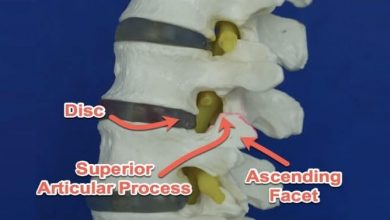Cervical Spinal Stenosis
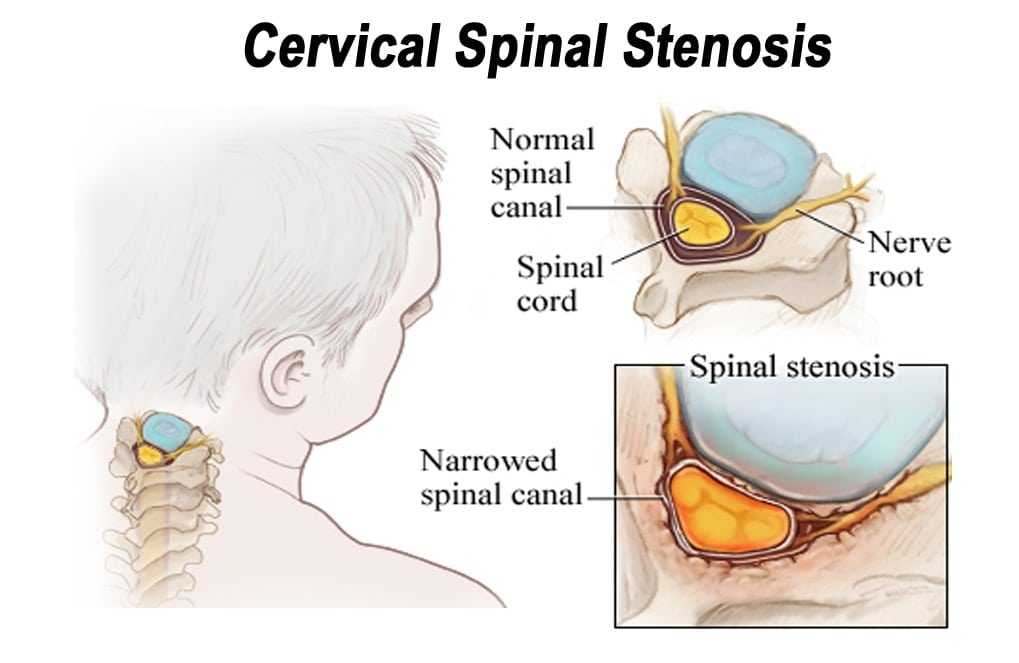
Cervical spinal stenosis is the narrowing of the spinal canal in your neck. Your spinal canal is the open area in the bones that make up the spinal column. Your spinal cord consists of nerves that run through the spinal canal from the base of your brain to your lower back.

The Cervical Spine
The different sections of your spine have different names. The cervical part of your spine is made up of the first seven vertebrae. It begins right below the skull and runs to just above the thoracic spine (middle). It is in the shape of a backward C-shape called a lordotic curve. This part of the spine is more mobile than the other regions of your spine.
The cervical spine has special openings in each vertebra. This is for the arteries and the spinal canal that carries the spinal cord. These arteries run through these openings to bring blood to your brain.
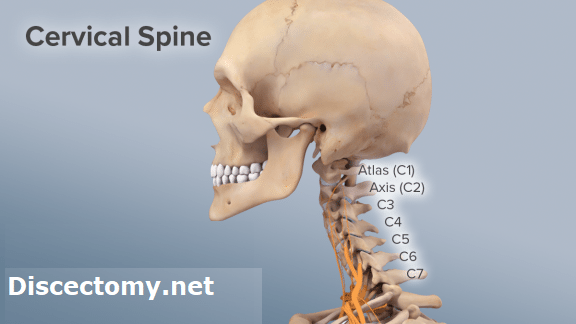
Cervical Spinal Stenosis – Risks for Injury
While your cervical spine is quite flexible, there is a high risk for injury due to strong, sudden movements. This is because there is limited muscle support in this area. Also, the risk is increased for injury because this part of your spine must support the weight of your head. The weight of your head is heavy, especially for these thin, small bones and soft tissues. This is why strong sudden movements can cause so much damage.
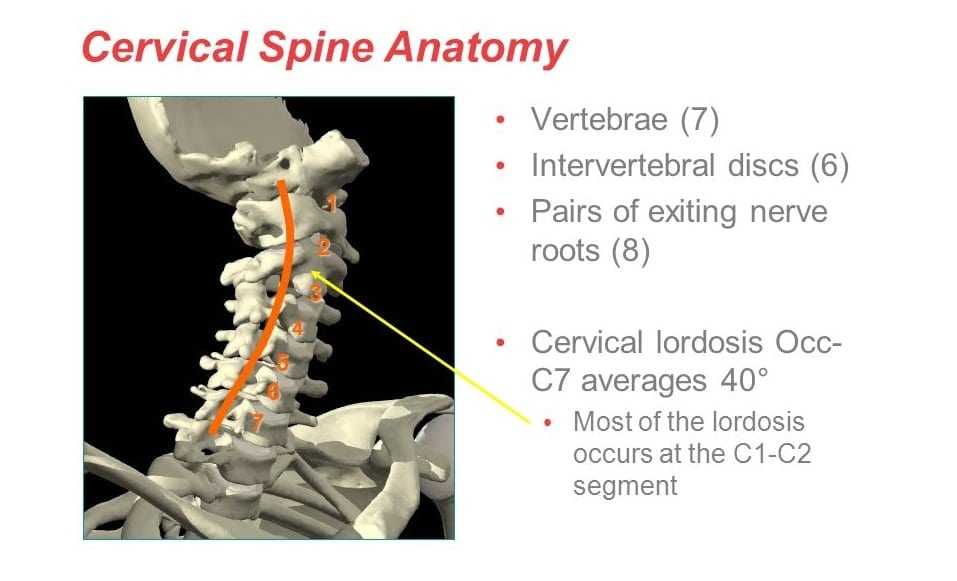
Causes of Cervical Spinal Stenosis
This condition is generally caused due to the natural aging process. This aging process can cause a bulging of the discs, which are the spongy discs found between the bones of your spine. They may bulge out farther than normal or the tissues that connect your bones, also called ligaments, can thicken during the aging process.
The aging process can also destroy the tissues that cover your bones, also called cartilage. It can cause excessive growth of your bones in the joints. All of these natural aging process conditions can narrow the spinal canal, also called cervical spinal stenosis.
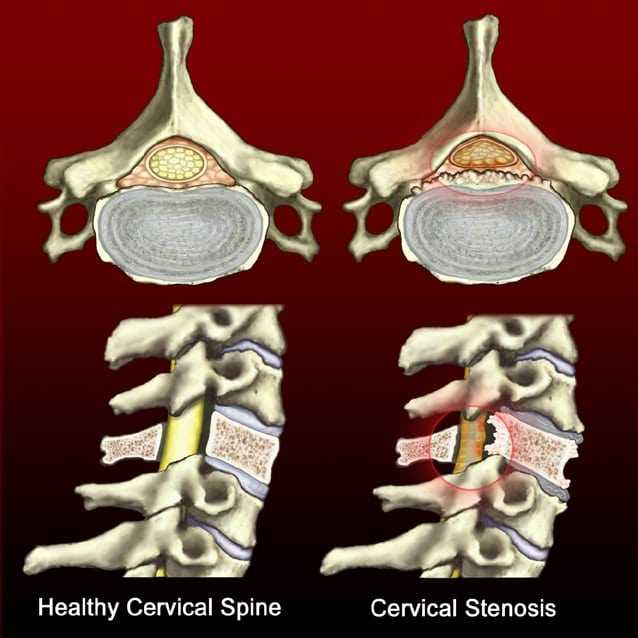
Some people are actually born with a narrow spinal canal. This is called congenital cervical spinal stenosis. Generally, people who are born with a narrow canal will not experience problems until later on in life, and they are more prone to suffer from stenosis. Minor neck injuries can even be an issue for these people.
Another common cause is spinal instability. This is when there is extra movement with the bones of your spine. This can happen if the supporting ligaments have been stretched or torn due to a severe injury to your head or neck. There are some diseases, such as rheumatoid arthritis, that can loosen the connective tissues. This can cause the upper bones of your neck to loosen, which will shift your upper bones and narrow the spinal canal.
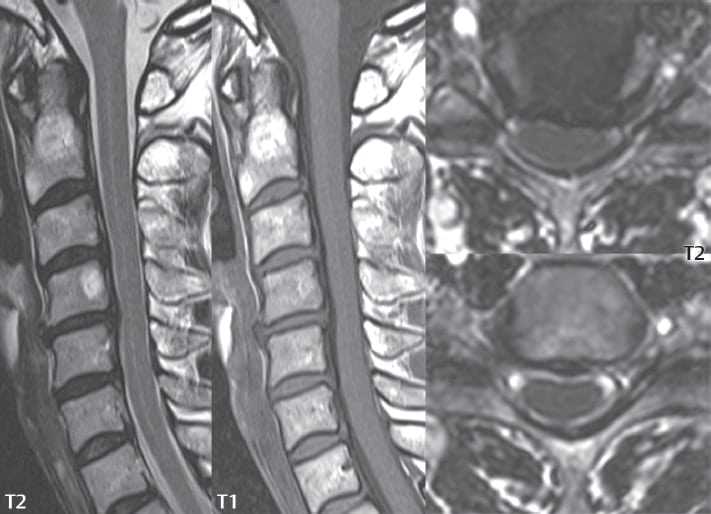
What Happens Next?
Once your condition has been diagnosed, your doctor will discuss treatment options. Generally, non-surgical treatments will be recommended until all these avenues have been exhausted and have been considered as unsuccessful. Surgery is definitely an option; however, there are some risks involved. It is possible to manage the symptoms of cervical spinal stenosis, which can reduce or even eliminate pain associated with this condition.


